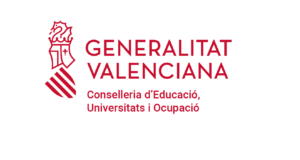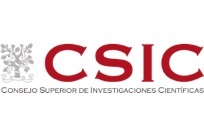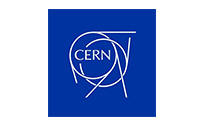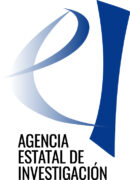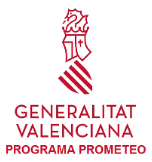
LHC: ATLAS
A Toroidal LHC ApparatuS

The Large Hadron Collider (LHC), a circular accelerator 27 kilometers in diameter, is the world’s largest particle accelerator and is part of the CERN research center just outside of Geneva in Switzerland. It released some groundbreaking news in July of 2012: the Higgs boson particle had been discovered. This amazing discovery is the culmination of half a century of progress and R&D in accelerator physics and particle physics in general.
Furthermore, the large amount of data and the high energy of the LHC collisions, allow to scrutinize in detail the properties of the top-quark (the heaviest particle ever discovered) and test the robustness of the standard model of particle physics and beyond. The data of such collisions is collected by different experiments. Among them, it is the ATLAS (A Toroidal Large ApparatuS). The ATLAS is one of the two general purpose detectors operating at the LHC. The IFIC has been a member of the ATLAS collaboration since decade of the 90’s when members of AITANA (although the group was not born yet) started in Spain the R&D program in silicon sensors for particle colliders.
AITANA is specialized in high precision physics involving the top-quark (precise top-quark mass and electroweak couplings determinations…) and in searches of physics beyond Standard Model (as SUSY). These activities are part of the ones described in the dedicated ATLAS-IFIC web page.
TOP-QUARK PHYSICS
SUSY / BSM
Este sitio web está patrocinado por la Conselleria de Innovación, Universidades, Ciencia y Sociedad Digital de la Generalitat Valenciana
